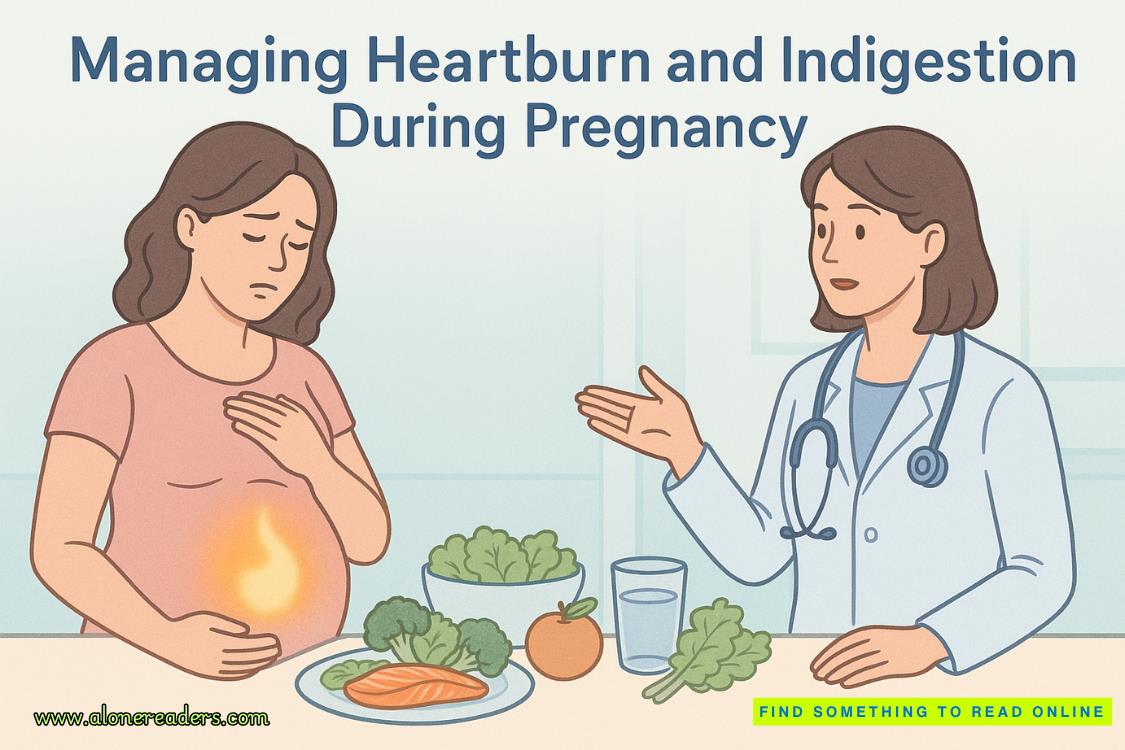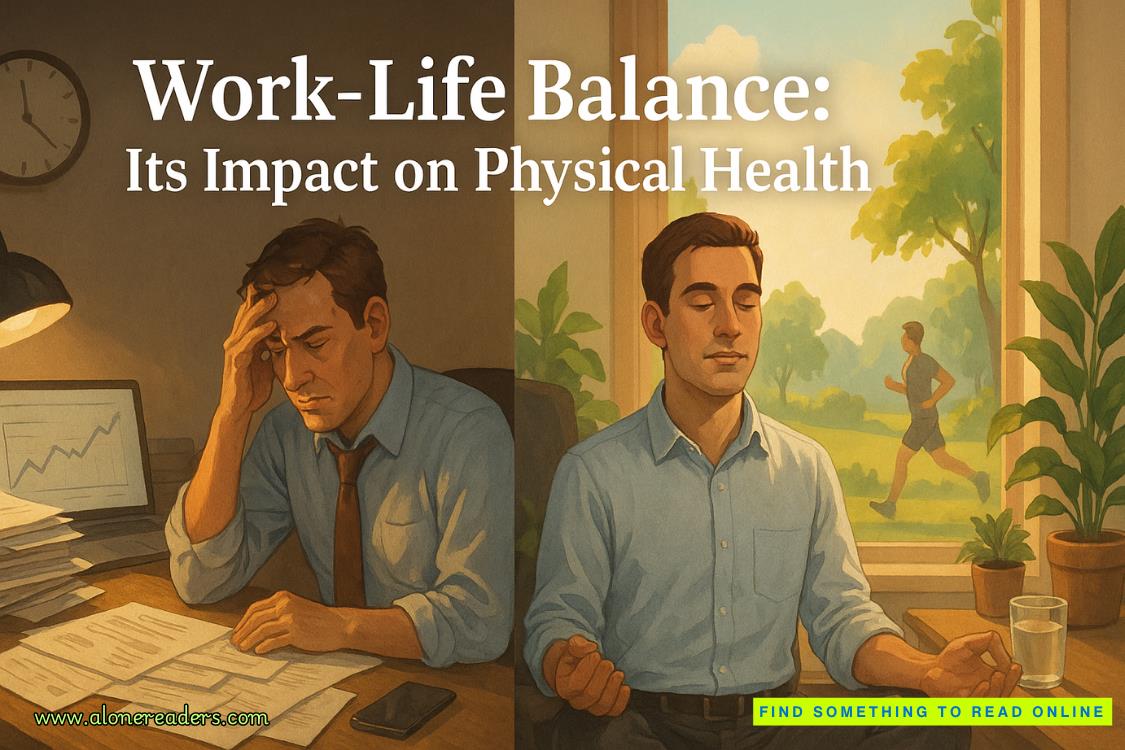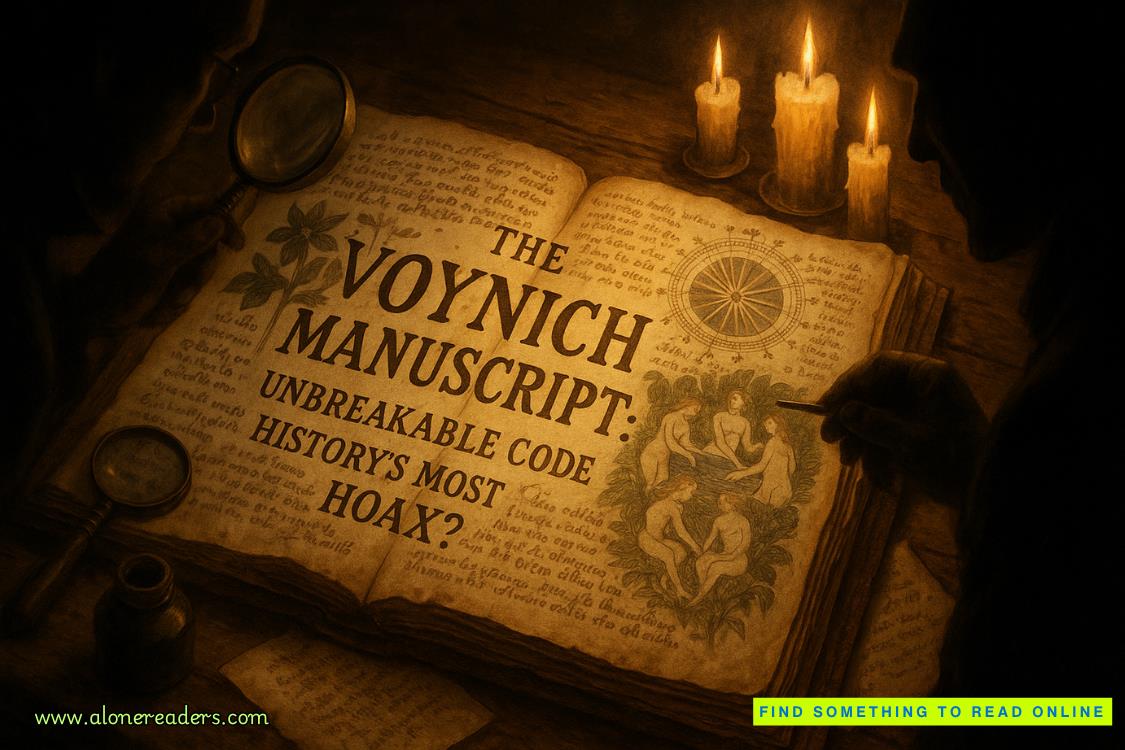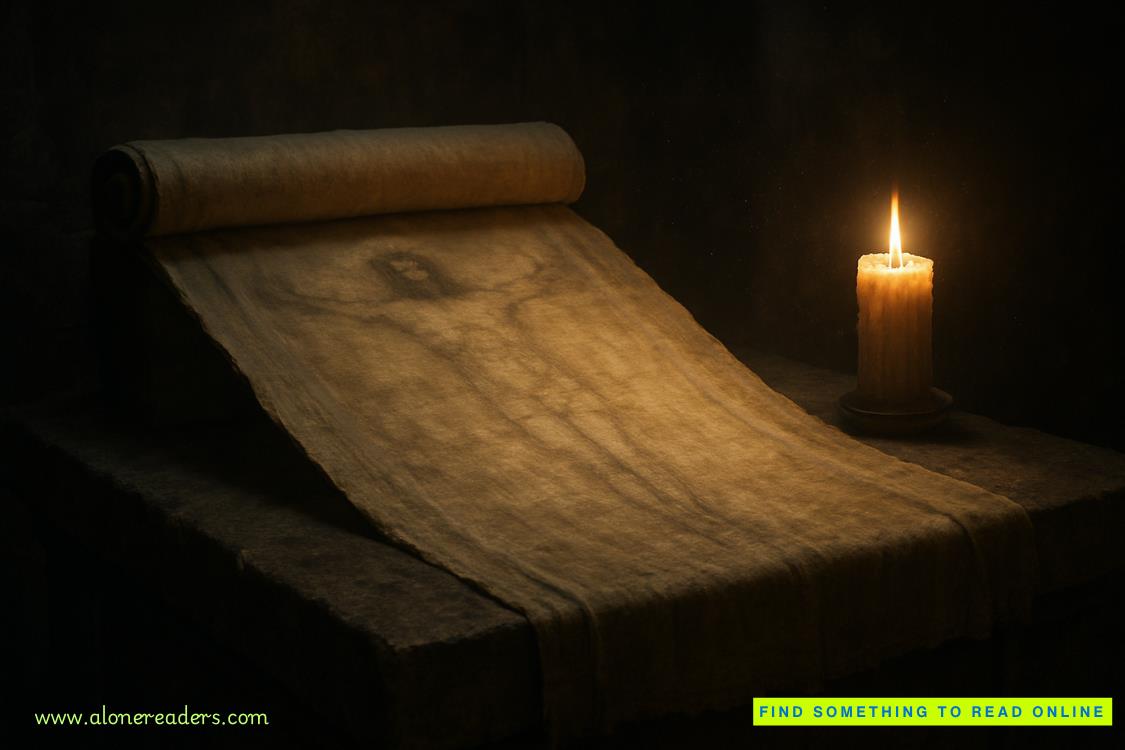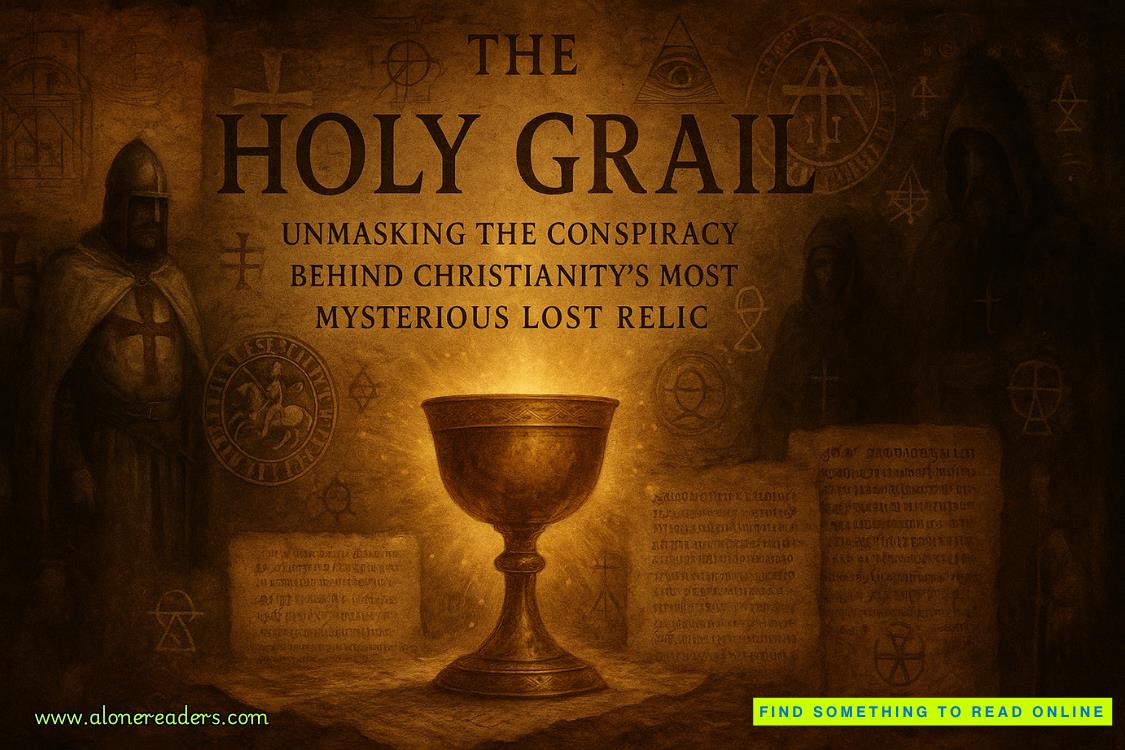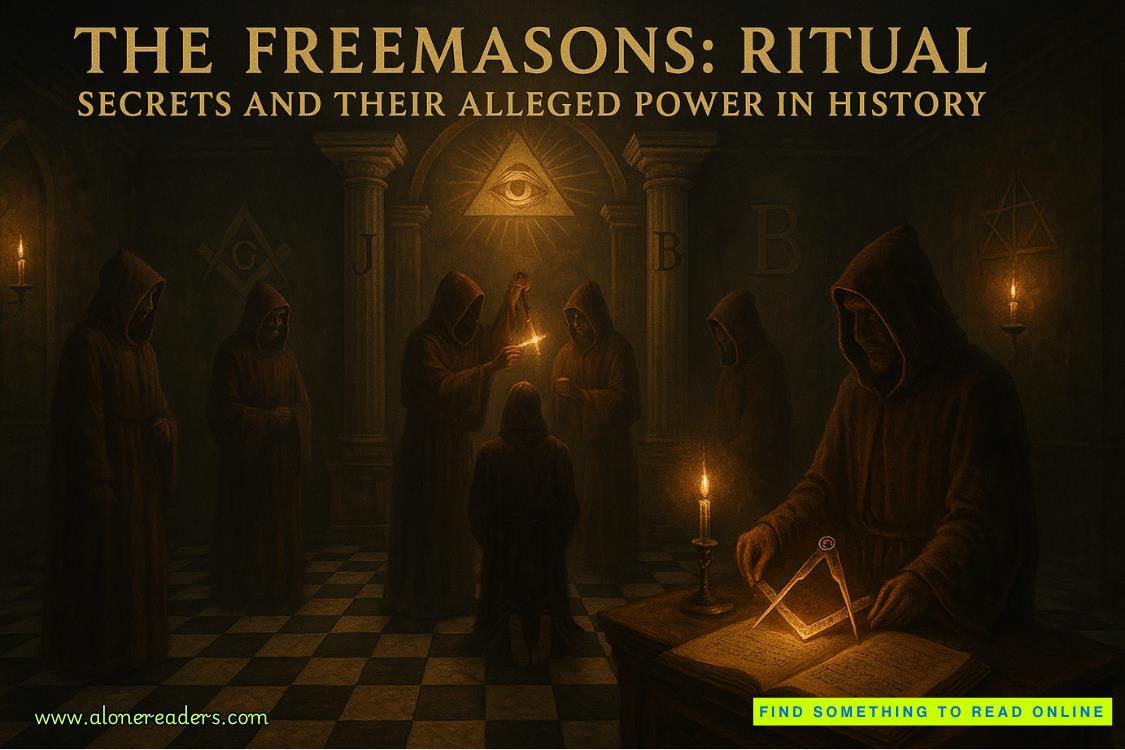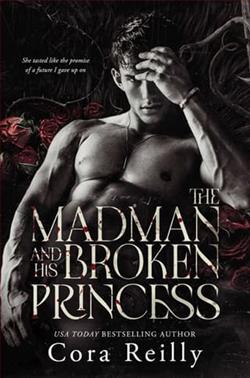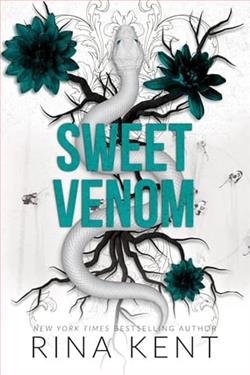Page 41 of Claim to Fame
“Probably since we came on that class field trip,” Ethan said.
“No!” Mrs. Kemp cried, pressing a hand to her chest. “Ethan Hart, that was over thirty years ago!”
“Mrs. Kemp was my third-grade teacher,” he explained to Hannah.
“And I clearly did not properly instill in you the value of our town’s little museum,” she tutted.
“What kind of museum is it?” Hannah asked.
“It’s an everything museum!” Mrs. Kemp exclaimed. She pointed to the sign on the table. “The Museum of Everything. See?”
Ethan handed over a ten-dollar bill to cover their entrance fee then led Hannah through the doorway into the museum proper, Mrs. Kemp trailing behind them. The Museum of Everything was housed in a decommissioned elementary school on the edge of the Town Common, the wide hallways cluttered with a hodge podge of mismatched display cases and tables. Ethan kept his hand low on Hannah’s back as he led her into one of Aster Bay’s more eccentric cultural institutions, more to keep her close than anything.
After that moment outside the bathroom and their exchange over breakfast, something had shaken loose in his chest, leaving him itchy and on edge in a way he didn’t understand. But with his hand on her back, feeling her body shift beneath the thin fabric of her sundress, the itch subsided, soothed by the heat of her against his palm.
“Oh my God.” Hannah spun in a circle, her eyes darting around the wide red-brick-and-linoleum hall, the fluorescent lights humming above them. She loosed an astonished laugh before turning back to him. “What is this place?”
He grinned, her delight releasing something in his chest he hadn’t realized had been caged before. “Like Mrs. Kemp said, it’s the Museum of Everything.”
Mrs. Kemp stood in the center of the hall, holding court as she explained the story to Hannah. “It’s in the town charter that Aster Bay maintain a museum of its history, but—as the story goes—no one could agree on what was considered worthy of being included. So, the town administrator threw up his hands and told the group of volunteers who keep this place running to do whatever they liked with it.” She gestured to a small bronze plaque on the wall commemorating the official christening of the museum in the late 1960s under its current moniker. “Anything that any town resident deemed significant could be submitted for inclusion. But with no guiding criteria, everything that’s ever been submitted has been accepted.”
“You’re kidding.” Hannah moved closer to the first display: a collection of hats, ranging from a delicate pale pink pillbox hat with a gauzy lace veil to a garish yellow baseball hat embroidered with the town’s name in a slanted script. “It’s like the world’s largest time capsule.”
“It is,” Ethan agreed.
“The volunteers, like myself, meticulously document every item donated to the museum. New acquisitions are published in the paper along with testimonials for the reason why someone thought they were important.” Mrs. Kemp indicated the baseball hat. “That hat was worn by Lonnie O’Garrity on the day he led Aster Bay High to its first baseball championship.” Next, she pointed to the pillbox hat. “And that one was worn by Mrs. Ethel Whitfield on the occasion of her third marriage to Mr. Josiah Whitfield. It was both her third marriage in general and her third marriage to him.”
Hannah chuckled. “This might be the coolest museum I’ve ever seen.”
Mrs. Kemp smiled. “I’m glad you think so, dear.” She handed Ethan a fat stack of index cards held together with a metal ring through their upper left corners. “That will tell you anything you want to know about any of the items in the museum. Make sure you return it to the desk on your way out. Have fun, you two.”
And then they were alone. Hannah moved between displays, excitedly pointing out items that caught her eye for Ethan to look up in the index cards: a wooden spoon Johnny Paulsen had whittled in Cub Scouts in the ‘80s; a pristine, child’s-sized white gown worn by Harriet Fox when she was the first child to be baptized at the newly built St. Anthony’s Church in 1912; a cracked China serving platter that had allegedly once been owned by George Aster himself. Ethan read off the stories, but he hardly registered them. He was too busy cataloging Hannah’s reactions, the things that made her squeal with delight (a piano forte with a polished lid) and that made her recoil in repulsion (a taxidermied fox).
“What the hell is that?” she squeaked, spinning away from a display case and burying her face in his chest.
Ethan peeked over her shoulder at the shelves of ceramic clowns, each one flashing an unsettling, sinister smile. He chuckled, skating a hand down her spine. “Not a clown fan?”
“Hell no. Look at them.”
He leaned forward slightly, cradling her head against him, until he could read the label on the case. “Ceramic clown collection of Mrs. Winifred Penlow, long-time children’s librarian. Donated by her children.”
“Because her children knew those things were cursed.”
“Cursed?”
“Possessed. Haunted. Whatever. Let’s get away from them, please. I can feel them watching me.”
He laughed again, guiding her away from the clown display. When they were out of sight, he gently lifted her face away from his chest. “All clear. You can open your eyes now.”
She opened one eye, as though she didn’t entirely believe him. “Thank you,” she said, sheepishly.
“For saving you from the inanimate objects? Any time, Han.”
They rounded a corner display of every sports trophy Aster Bay High had ever received and were met with a wall of yearbooks dating back to 1907. “Which one is yours?” Hannah asked, trailing her finger across the colorful leather spines.
Ethan reached around her and pulled a thick volume from the shelf, handing it to her. She arched an eyebrow at him in question, fingers poised to open the cover. “Go ahead,” he said.
She flipped open the cover, skipping over the dedication and haphazard collages of dated fashion choices. “No way. Is that Baz?” she asked, pausing on a photo, but her attention was quickly drawn away. “Oh my God, look at you!” She jabbed her finger at his high school portrait, the floppy hair with the center part that had been so popular. “You had heartthrob hair.”

